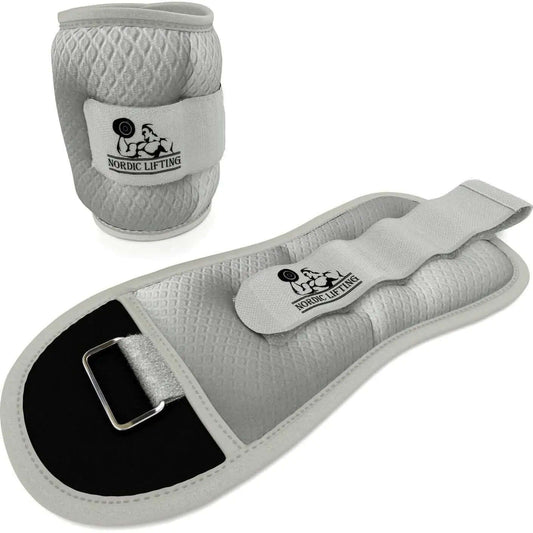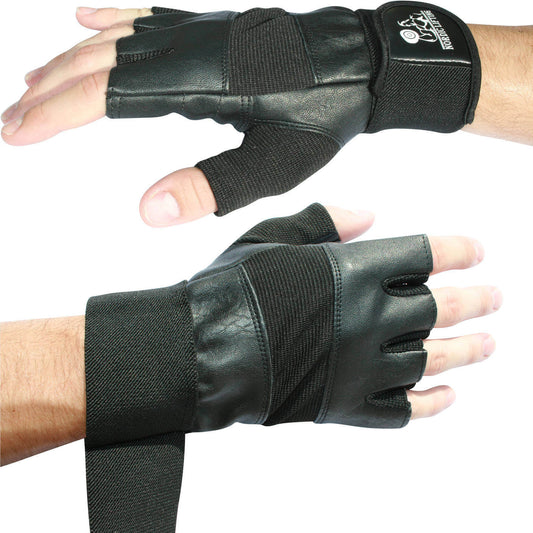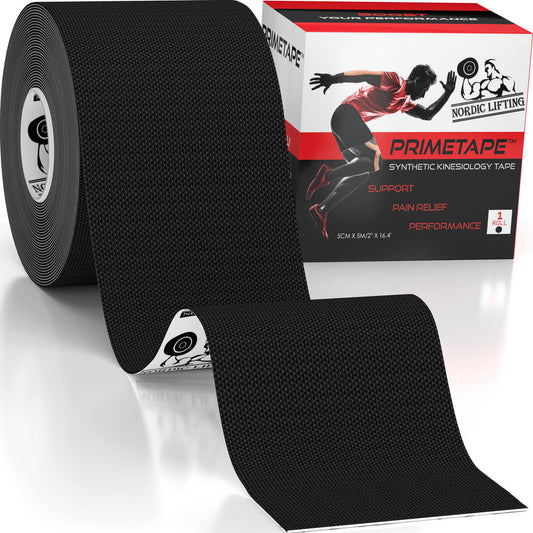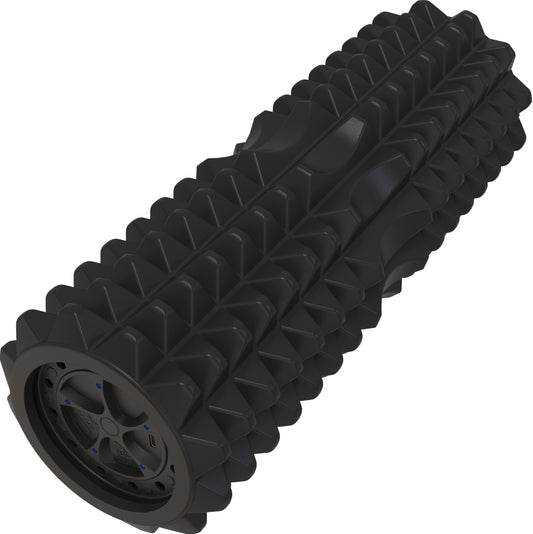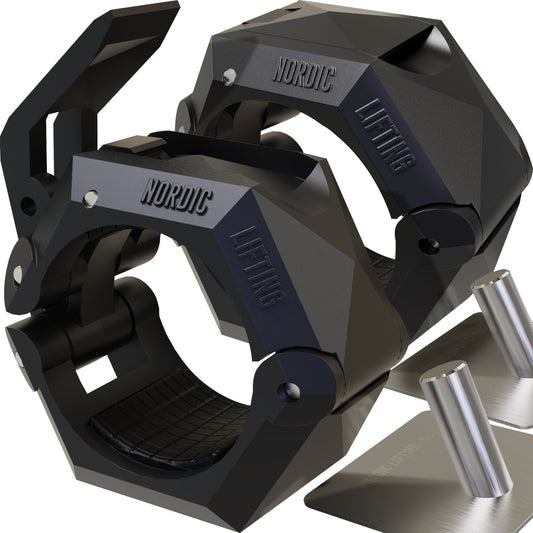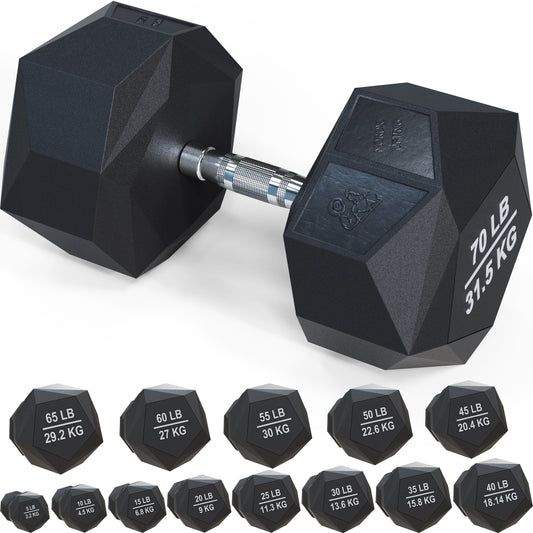
We all have been told about the importance of warming up, and the negative effects of not doing so. But there’s a vital post-workout aspect as well that we need to do that’s often overlooked and it’s called “cooling down”.
So what does cooling down mean and why is it important? Keep reading this article to find out.
Post-workout cooldown
Sometimes even if we eat our pre-workout meals/snacks or given ourselves the hydration and enough sleep that we need, we still won’t be able to quite get more out of our workouts. Why is that so? It’s because we forgot to warm up. The same thing can be applied to our post-workout regimen. It isn’t quite complete without cooling down
Cooling down is a post-workout activity that is usually done to prepare our bodies to gently transition from chaotic to a less stressful state. It’s like the calm after the storm where we gradually tone things down a notch. This is the time where things are less intense and we just focus on calmly walking, jogging or stretching until our heart rates return to its resting state.
Aside from slowly cooling down our body temperature, here are other reasons why it’s important.
1. It helps minimize the effects of Delayed Onset Muscle Soreness (DOMS)
The effects of DOMS (also known as “muscle fever”) can’t be felt right after strength training and other high-intensity workouts. It usually occurs after 1-2 days especially if there are microtears in the muscle fibers of our bodies due to training with a heavy workload.
Research has shown that there’s a significant decrease in DOMS after a cool-down. So if you’re looking for a way to minimize exercise-related soreness and stiffness then we highly recommended taking some post-workout cool-down to minimize exercise-related soreness and stiffness.
Do keep in mind that if muscular pain and soreness last for more than 3 days then that’s a sign that you overtrained and injured yourself. Don’t hesitate to seek professional help especially if the symptoms of DOMS are unbearable.
2. It prevents blood pooling
Did you know that you can cause your blood to pool in your lower extremities when you suddenly stop exercising? Sounds scary, right? The truth is when you stop exercising, your muscles will avoid contacting against your blood vessels and this will lead to blood buildup in your veins. To prevent this from happening, you need to cool down to avoid feeling lightheaded and passing out after your strenuous routine.
Engaging in a cool-down helps a lot by keeping your blood circulating so that it can bring your muscles and other body parts the oxygen and nutrients that it needs. It also helps remove toxic muscle waste products to keep you from feeling ill.
3. It relieves stress
When you allow your body to return to its normal state, you give it the chance to truly experience and feel the wonderful effects of the different neurochemicals that are released during physical activity. This is why we highly recommend to take some time out for some refreshing post-exercise cool-down. Not only does it prevent your blood pressure from dropping too quickly, but it also relieves stress by allowing your body to smoothly transition from beast mode to a steady/balanced state of rest.
There you have it. These are just three important reasons why a post-workout cool-down is an essential part of every workout just like every pre-workout warm-up.
Reference:







